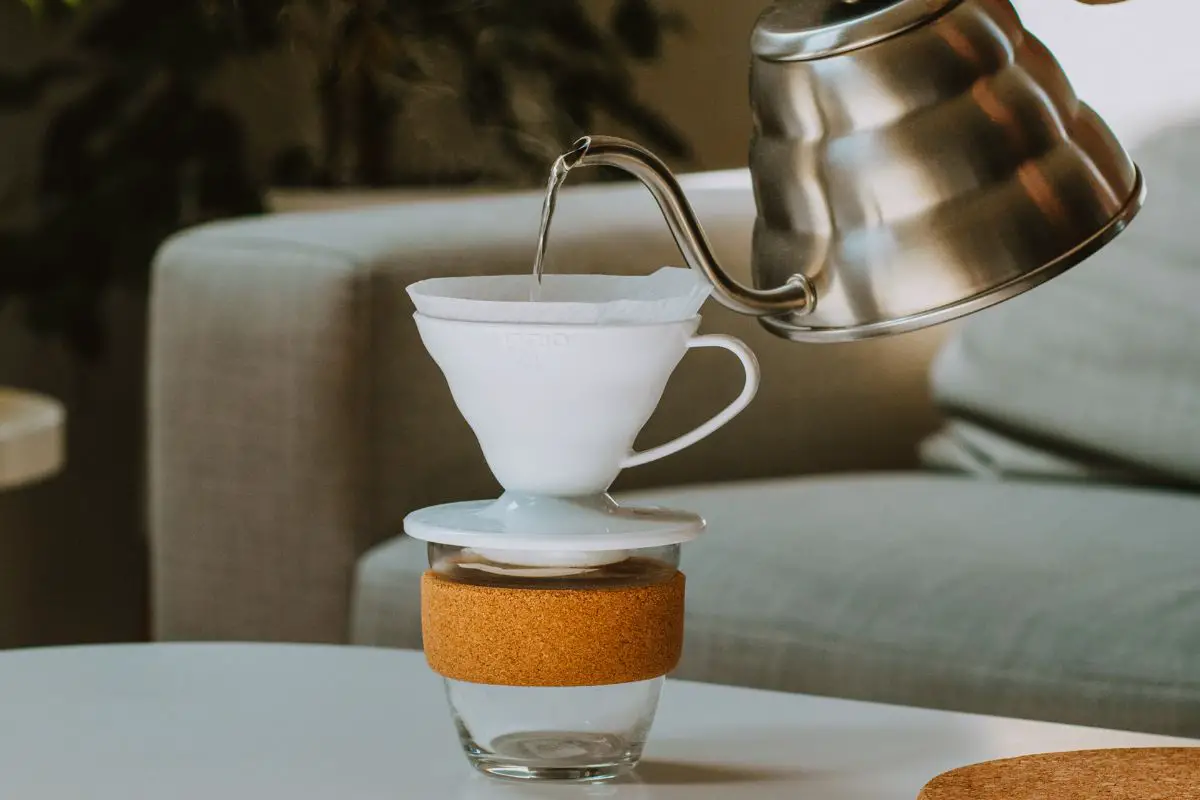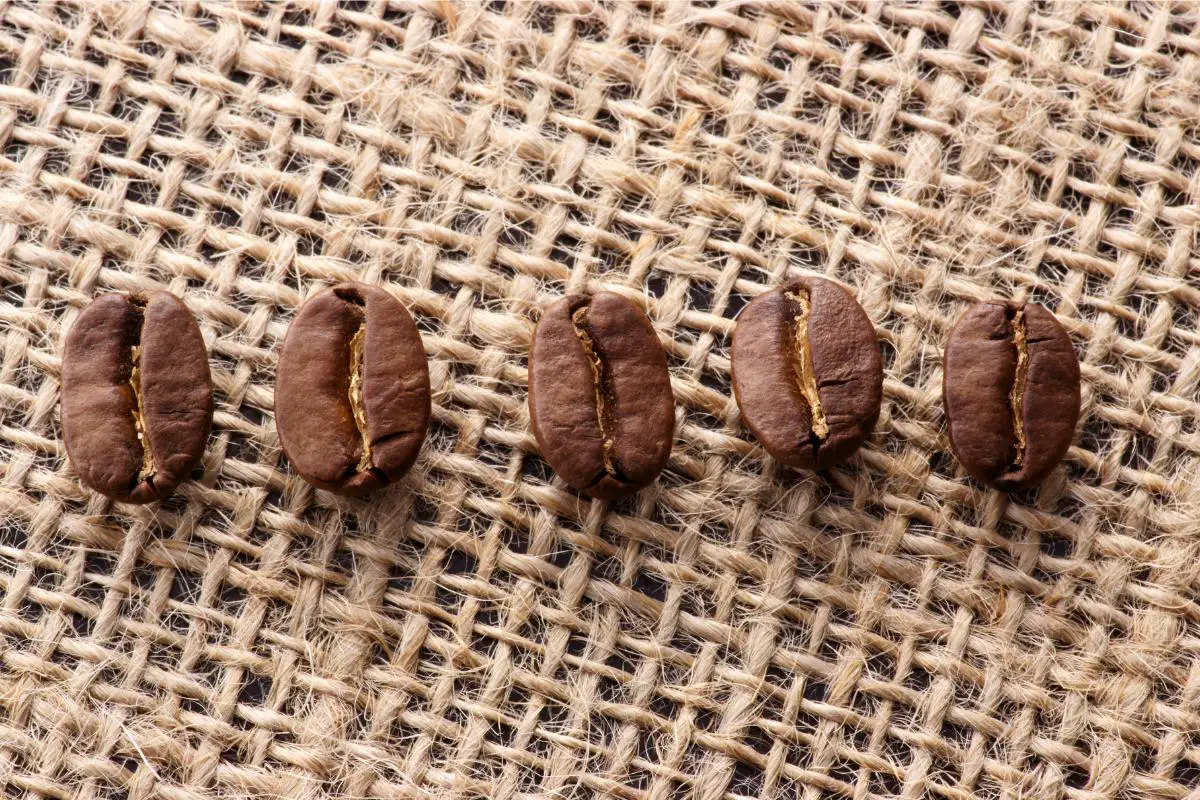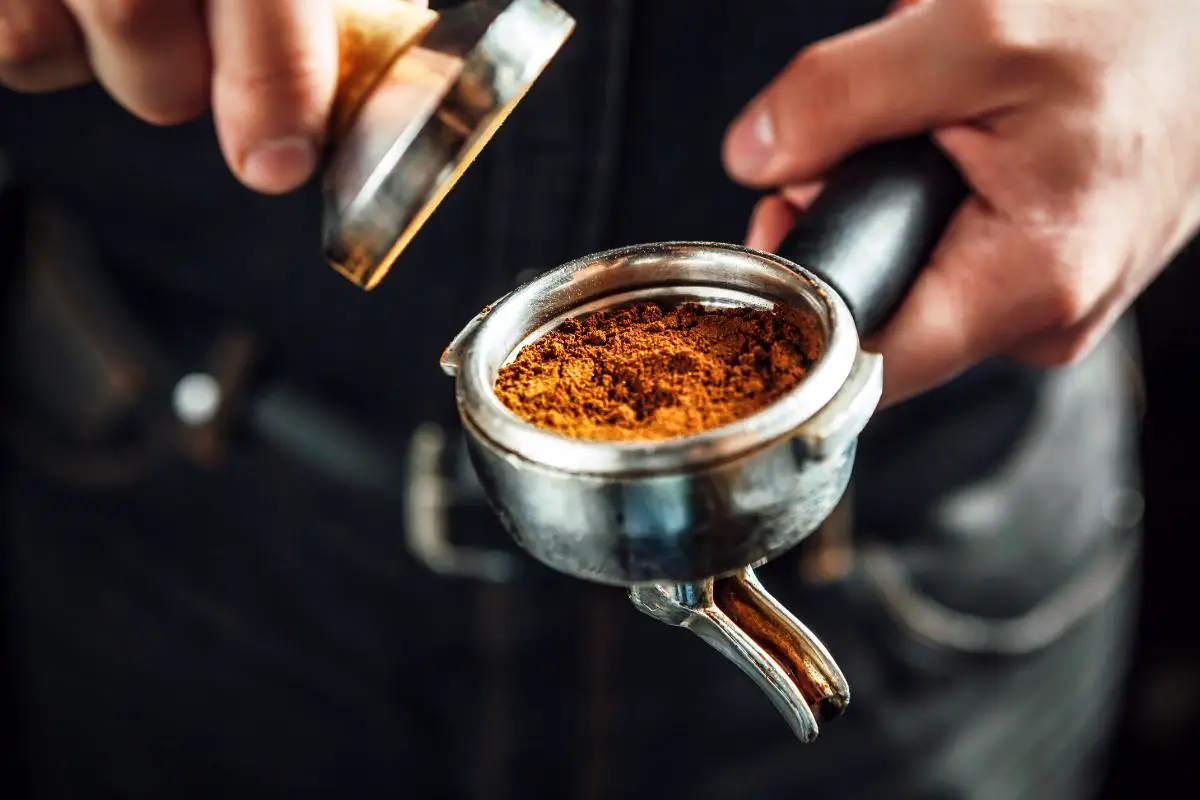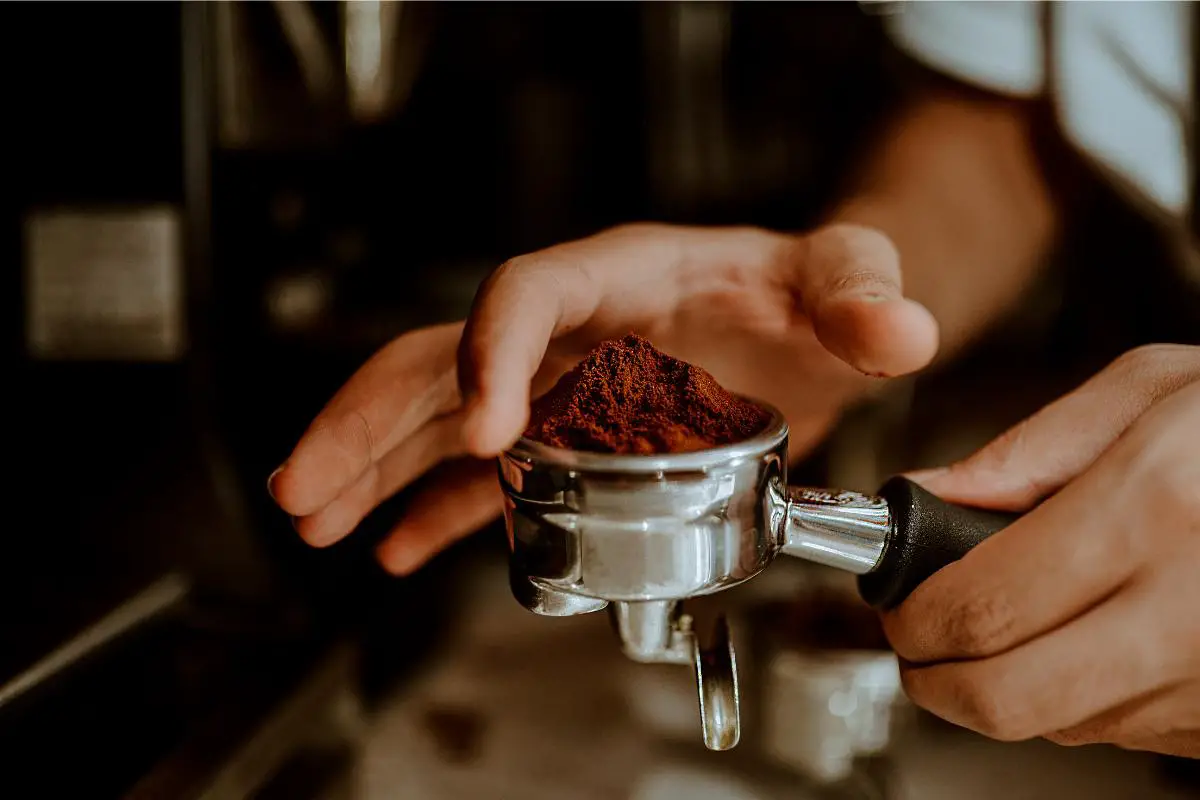Finding the best water pouring techniques for pour-over coffee can completely change your results.
Pour-over coffee is a manual brewing method that involves pouring hot water over ground coffee in a filter.
While it may seem simple, the process of pouring water during a pour-over can make all the difference on the final flavour of the coffee.
In this post, we’ll explore some of the best water-pouring techniques for pour-over coffee to help you get the most out of your beans.
Table of Contents
What Is The Importance of Water Pouring Techniques in Pour Over Coffee?
When it comes to brewing pour-over coffee, water is an essential ingredient.
The water you use can affect the flavour and aroma of your coffee and the way you pour it can also impact the overall quality of the brew.
There are a few key factors to consider when it comes to water-pouring techniques in pour-over coffee:
Water temperature
It’s important to use water that is heated to the appropriate temperature for your brew.
Water that is too hot can scorch the coffee, while water that is too cold can result in a weak and flavourless cup.
A general rule of thumb is to use water that is between 195-205°F (90-96°C).
Water flow
The flow of the water can also affect the final flavour of the coffee.
If the water flows too quickly, it may not have enough time to extract all of the flavours from the beans.
On the other hand, if the water flows too slowly, it may over-extract the coffee, resulting in a bitter or sour taste.
Water distribution
The way you distribute the water during the pour can also have an impact on the final flavour.
If you pour the water evenly over the coffee bed, it can help to extract the flavours more evenly, resulting in a more balanced cup.
What Are The Best Water Pouring Techniques for Pour Over Coffee?
Now that we’ve covered some of the key factors to consider when it comes to water-pouring techniques in pour-over coffee, let’s take a look at some of the best techniques to try.
The Circular Pour
One popular technique is to pour the water in a circular motion, starting in the centre of the coffee bed and working your way outwards.
This technique can help to evenly distribute the water and extract the flavours more evenly.
The Bloom
The bloom is a technique that involves pouring a small amount of water over the coffee grounds at the start of the brew.
This helps to release gases from the beans and can improve the overall flavour of the coffee.
To perform a bloom, start by wetting the coffee bed with a small amount of water (about 30-50 mL).
Let the coffee bloom for about 30 seconds, then continue with the rest of the pour.
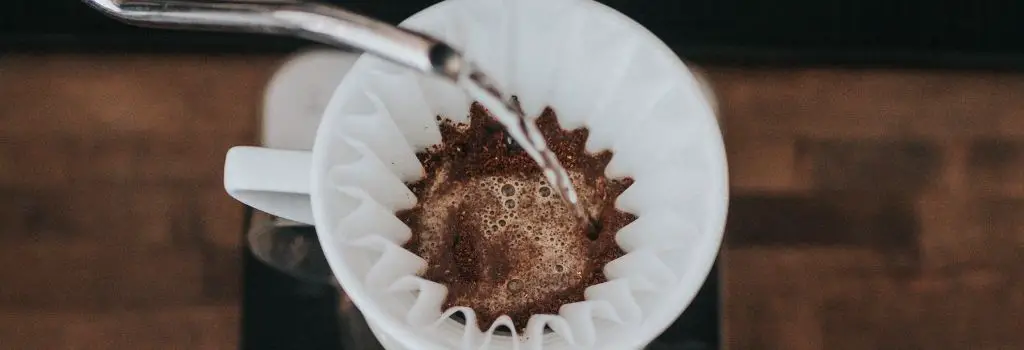
The Pulse Pour
The pulse pour involves pouring small amounts of water at regular intervals, allowing the coffee to fully absorb each pour before adding more water.
This technique can help to extract the flavours more evenly and can result in a smoother cup of coffee.
To perform a pulse pour, start by pouring a small amount of water over the coffee bed (about 50-100 mL).
Wait for the coffee to fully absorb the water before adding more, and repeat until you’ve reached your desired brew volume.
The Spiral Pour
The spiral pour involves pouring the water in a spiral pattern, starting from the centre of the coffee bed and working your way outwards.
This technique can help to evenly distribute the water and extract the flavours more evenly.
To perform a spiral pour, start by pouring a small amount of water into the centre of the coffee bed.
Slowly work your way outwards in a spiral pattern, pouring small amounts of water as you go.
The Cross-Shape Pour
Another technique involves pouring the water in a cross shape over the coffee bed.
This technique can help to evenly distribute the water and extract the flavours more evenly.
To perform a cross-shape pour, start by pouring a small amount of water into the centre of the coffee bed.
Then, pour small amounts of water in a cross shape over the coffee bed, starting from the centre and working your way outwards.
What Type of Water Should You Use to Pour Over Coffee?
When brewing pour-over coffee, it’s generally best to use purified or filtered water.
Water with high mineral content, such as hard tap water, can affect the flavour of the coffee and result in a less-than-desirable final brew.
Purified or filtered water can help to ensure that the only flavours present in the final cup of coffee are those extracted from the coffee beans themselves.

It’s also a good idea to choose water with a neutral pH (around 7) when brewing pour-over coffee.
Water that is too acidic or basic can affect the flavour of the coffee and result in an unpleasant final brew.
Finally, it’s important to choose water that tastes good on its own, as the flavour of the water will be imparted to the coffee.
If the water tastes off or has an unpleasant flavour, it’s likely that the final cup of coffee will as well.
Tips for Successful Water Pouring Techniques in Pour Over Coffee
Here are a few tips to help you get the most out of your water-pouring techniques in pour-over coffee:
- Practice makes perfect: Like any skill, pouring water for pour-over coffee takes practice. Don’t get discouraged if you don’t get it right on the first try – keep practising and you’ll get better over time.
- Pay attention to your pouring speed: The speed at which you pour the water can affect the final flavour of the coffee. If you pour the water too quickly, you may not have enough time to extract the flavours from the beans. On the other hand, if you pour the water too slowly, it may over-extract the coffee.
- Experiment with different pouring techniques: Different pouring techniques can produce different results. Don’t be afraid to experiment and see what works best for you.
- Use a gooseneck kettle: A gooseneck kettle is a type of kettle with a narrow spout that allows for more precise pouring. This can be helpful when pouring water for pour-over coffee, as it allows you to more easily control the flow and direction of the water.
Best Water Pouring Techniques Frequently Asked Questions

A: The best water pouring technique for you will depend on your personal preference and the characteristics of the coffee you’re brewing.
It’s a good idea to experiment with different techniques and see what works best for you.
A: While you can use the same pouring techniques for different types of coffee beans, the specific technique that works best may vary depending on the characteristics of the beans.
For example, some beans may be more delicate and may benefit from a slower, more controlled pour, while others may be more robust and able to handle a faster pour.
It’s a good idea to experiment with different techniques and see what works best for the beans you’re using.
A: While a gooseneck kettle can be helpful when pouring water for pour-over coffee, as it allows for more precise pouring, it is not strictly necessary.
You can also use a regular kettle or even a small saucepan to pour the water for your pour-over.
The key is to pour the water slowly and evenly and to pay attention to the flow and distribution of the water as you pour.
A: While purified or filtered water can be beneficial for most brewing methods, it is not strictly necessary in all cases.
The specific type of water that works best will depend on the brewing method and the characteristics of the coffee beans being used.
Conclusion
Water pouring techniques can have a big impact on the final flavour of pour-over coffee.
By using the right techniques and paying attention to factors such as water temperature, flow, and distribution, you can brew a delicious, balanced cup of coffee.
Whether you prefer the circular pour, the bloom, the pulse pour, the spiral pour, or the cross-shape pour, there are plenty of techniques to choose from and experiment with.
So next time you brew a pour-over, give one of these techniques a try and see how it affects the flavour of your coffee.
If you enjoyed this article, read more like this by checking out our Specialty Coffee Beginners Guides.

